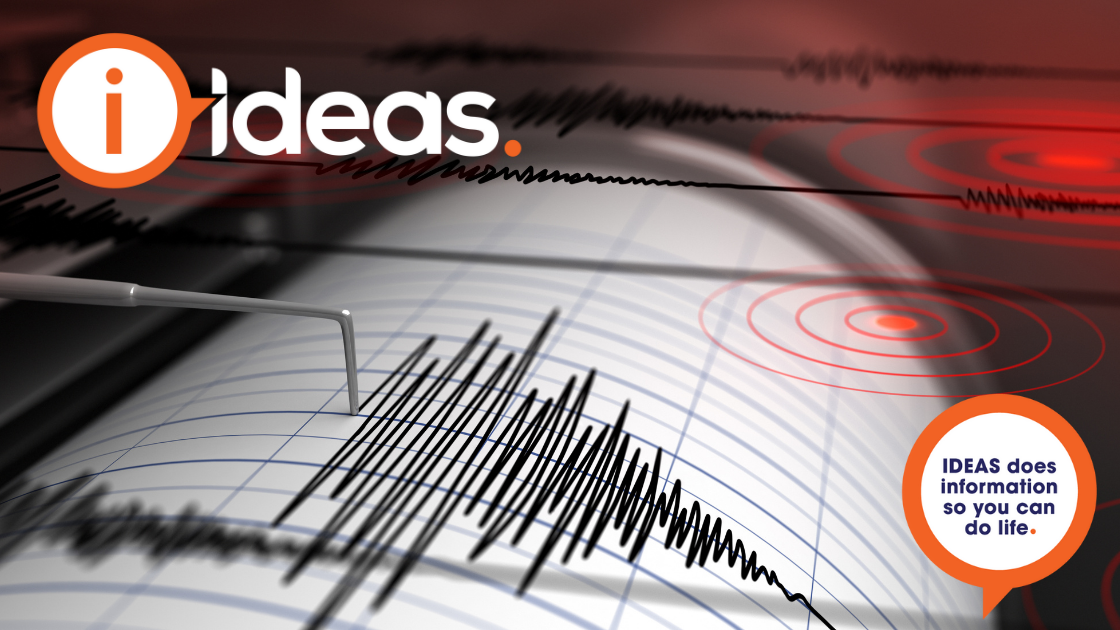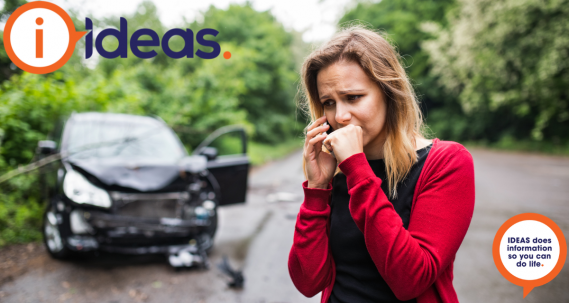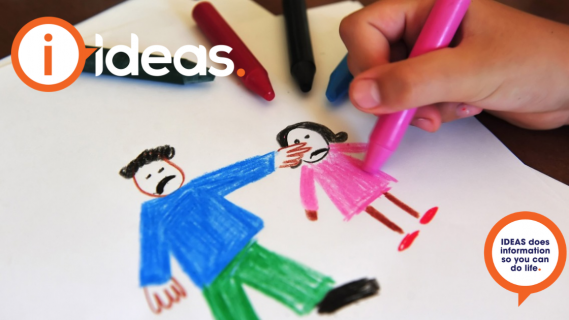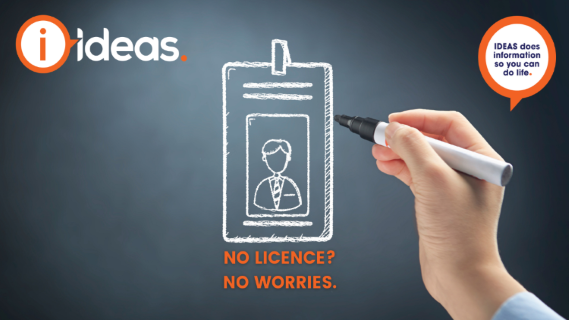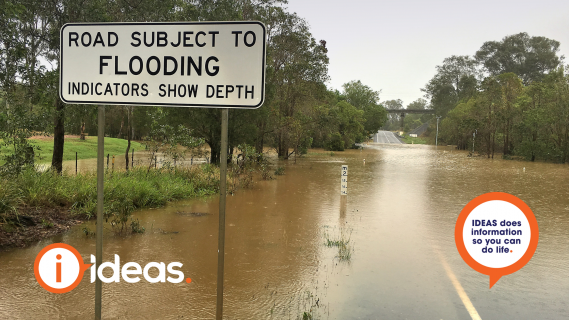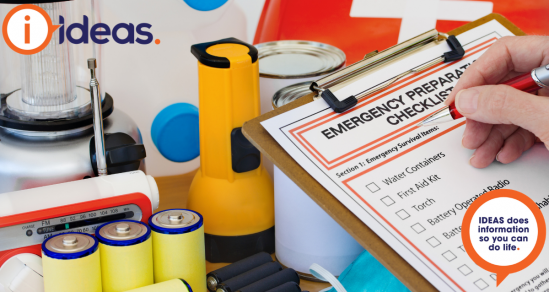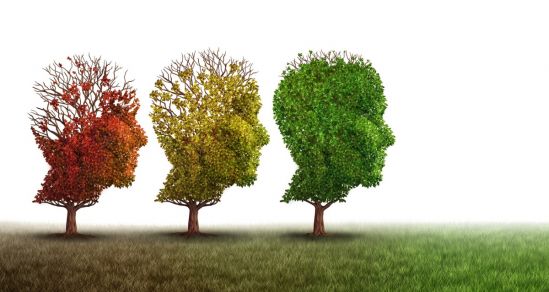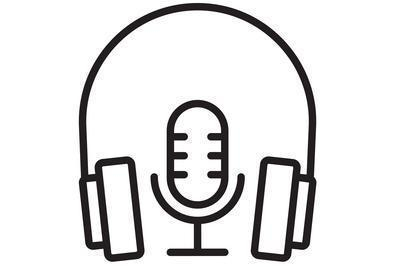I can tell you having lived in Japan, I've had my share of earthquakes. Because they are not frequent in Australia, many Australians' are unsure of what to do. If you haven't experienced an earthquake before, it can be scary and confusing. In this article, we explain what you should and shouldn't do, and where to go for help.
What is an earthquake?
Earthquakes are shakings caused by rocks breaking under stress from movement in the earth's crust. The movement causes vibration deep below the ground, which in turn vibrates the surface. The bigger the movement and closer it is to the surface, the bigger the earthquake. Large earthquakes may also be followed by small aftershocks for some time as the ground "settles".
Victoria is currently on watch and act alert as aftershocks continue from an Earthquake North of Rawson this morning. You can check Geoscience Australia for information about the Earthquake and the following termors.
What are the dangers?
The biggest danger in a large earthquake is falling buildings and debris. There can also be a danger of Tsunami for coastal areas.
- The violent shaking can fracture structures. Once weakened, buildings collapse.
- Earthquakes often damage water, gas and electricity lines. These can be underground or in buildings. Ruptured gas lines can ignite, especially if the earthquake has also dislodged or exposed electrical wiring.
- Without running water and electricity, sanitation is an issue.
Safe zones for Earthquakes
In a large earthquake, it is good practice to go to a safe place to shelter. Large earthquakes may also be followed by small aftershocks for some time.
If you are inside a building
- In most situations, you will reduce your chance of injury from falling objects if you drop, cover and hold on.
- Identify safe spaces to Drop, Cover and Hold. From New Zealand's "Get ready" program.
- If you use a cane, Drop, Cover and Hold or sit on a chair, bed, etc. and cover your head and neck with both hands. Keep your cane near you so you can use it when the shaking stops.
- If you use a walker or wheelchair, Lock, Cover and Hold. LOCK your wheels (if applicable). If using a walker carefully get as low as possible. Bend over and COVER your head and neck as best you can. Then HOLD on until the shaking stops.
- Seek somewhere close to you, no more than a few steps away, to avoid injury from flying debris.
- Stay in bed if you are there when the earthquake strikes. Hold on and protect your head with a pillow, unless you are under a heavy light fixture that could fall. In that case, move to the nearest safe place.
- Under a strong table. Hold on to the table legs to keep it from moving away from you.
- Next to an interior wall. Stay away from windows that can shatter and cause injury and tall furniture that can fall on you. Protect your head and neck with your arms.
- In most homes, doorways are no stronger than any other part of a house and a swinging door can cause more injury. Do not use a doorway except if you know it is a strongly supported, load-bearing doorway and it is close to you. Many inside doorways are lightly constructed and do not offer protection.
- Stay calm.
- Stay away from windows, if glass breaks it becomes a risk of injury
- Stay indoors until the shaking stops and you're sure it's safe to exit.
- Use stairs rather than an elevator. Just in case there's aftershocks, power outages or other damage.
- Fire alarms and sprinkler systems may frequently go off in buildings during an earthquake, even if there's no fire.
- If you are in a store, unfamiliar commercial building or on public transport, follow the instructions of those in charge.
- Drop, cover and hold on.
- When the shaking stops, try to get out at the nearest floor if you can safely do so.
Ensure you do the following if you are trapped under debris during or after an earthquake:
- Do not light a match.
- Do not move around or kick up dust.
- Cover your mouth with a handkerchief or clothing.
- Tap on a pipe or wall so rescuers can locate you. Use a whistle if one is available. Shout only as a last resort. Shouting can cause you to inhale dangerous amounts of dust.
If you are outside
- Stay calm.
- Move to an open space away from large buildings, trees, streetlights and powerlines if you can do so in a few steps.
- Or, move no more than a few steps away from buildings, trees, streetlights and power lines, then Drop, Cover and Hold.
- Drop, cover and hold the position.
- If you're in a car, pull over to a clear location and stop. Avoid bridges, overpasses and power lines if you can. Stay inside the car, with your seat belt fastened until the shaking stops. Then, drive carefully, avoiding bridges and ramps that may have been damaged.
- If a power line falls on your car, do not get out. Wait for help.
- If you're in a mountainous area or near unstable slopes or cliffs, be alert for falling rocks and other debris. Earthquakes can trigger landslides.
- Drop, cover and hold on, then move to higher ground immediately in case a tsunami follows.
Where to get help
- For earthquake-related emergency assistance from the SES phone 132 500. Such as help with blocked roads, fallen trees.
- If you are in a life-threatening emergency call 000
- You should stay informed by listening to emergency broadcasters and monitoring warnings.
- Take photos of any damage to use in insurance claims.
The following services can help you, or someone you know, access information during an emergency.
-
To access this information in other languages call the Translating and Interpreting Service on 131 450 (free call) and ask them to call VicEmergency Hotline.
-
If you are deaf, hard of hearing, or have a speech/communication impairment contact National Relay Service on 1800 555 677 and ask them to call the VicEmergency Hotline.
Remember to check on vulnerable friends and family who may need your help.
Toolkit
The Red Cross and The ABC have partnered to bring this guide Stay Connected to help you get ready for emergencies.

